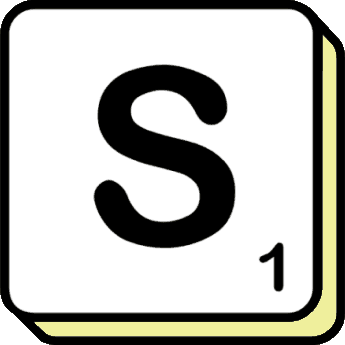Mastering the Apostrophe
Author: Brian Bowman
Date Published: 14 August 2023
The apostrophe, a seemingly small punctuation mark, plays a significant role in the English language. It is used to indicate possession, create contractions, and clarify meaning. However, many individuals struggle with understanding and using the apostrophe correctly. In this comprehensive guide, we will delve into the various uses of the apostrophe and provide practical tips to help you master its usage with confidence.

Indicating Possession
One of the primary functions of the apostrophe is to indicate possession. When a noun shows ownership or belongs to someone or something, the apostrophe is used in two different ways
Singular Possession To show that something belongs to a single person or entity, add an apostrophe followed by an "s" ('s) to the end of the noun. For example "John's car" or "the dog's bone."
Plural Possession When a plural noun already ends with an "s," only an apostrophe (') is added after the "s" to indicate possession. For example "the boys' toys" or "the teachers' lounge."
Contractions
The apostrophe is also used to create contractions by combining two words into one. It replaces omitted letters to form a more concise expression. Some common contractions include
"Can't" (cannot)
"I'm" (I am)
"It's" (it is)
"We'll" (we will)
Remember that contractions should be used appropriately in informal writing but avoided in formal or academic contexts.
Omissions in Informal Speech
In informal writing, the apostrophe is used to indicate omitted letters or numbers. For example
"I'm" (I am)
"Don't" (do not)
"Rock 'n' roll" (rock and roll)
Pluralizing Letters, Numbers, and Words
Sometimes, the apostrophe is used to pluralize lowercase letters, numbers, and words to avoid confusion. For example
"Mind your p's and q's" (referring to lowercase letters)
"She received A's and B's in her exams" (referring to grades)
"I have too many but's in my sentence" (referring to the word "but")
Remember not to use the apostrophe to pluralize regular nouns; it is only used for special cases like those mentioned above.
Be Aware of Common Mistakes
To use the apostrophe effectively, it's important to avoid common errors, such as
Using an apostrophe to make a noun plural (e.g., "apple's" instead of "apples").
Confusing "its" (possessive) with "it's" (contraction of "it is").
Placing the apostrophe before the "s" in possessive pronouns like "hers," "ours," or "theirs."
Incorrectly using an apostrophe with possessive pronouns ("it's" instead of "its").
Conclusion
The apostrophe is a versatile punctuation mark that serves multiple purposes, including indicating possession, forming contractions, and clarifying meaning. By understanding and mastering its various uses, you can enhance your writing and communicate more effectively. Remember to pay attention to the rules outlined in this guide and avoid common mistakes. With practice, you'll become confident in using the apostrophe correctly, adding precision and clarity to your written communication.
